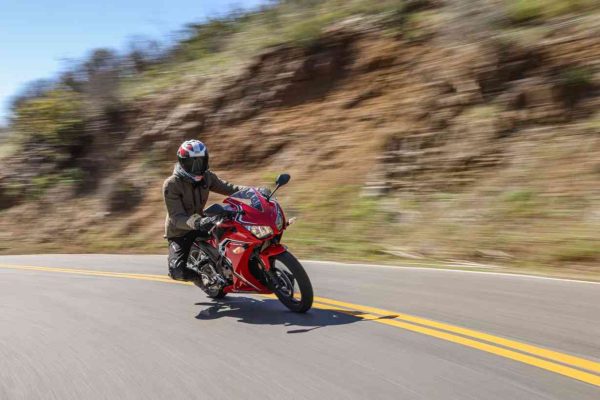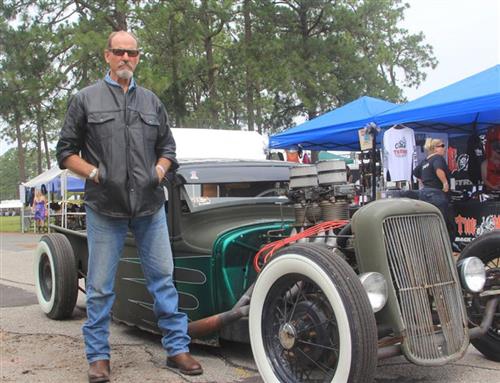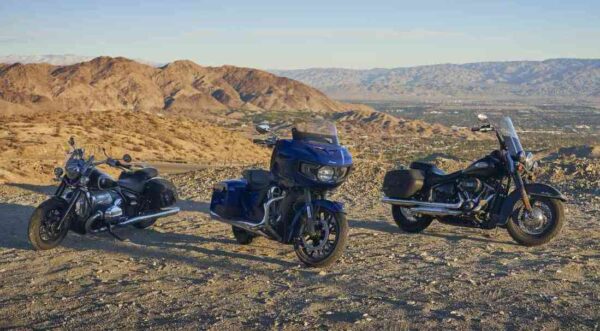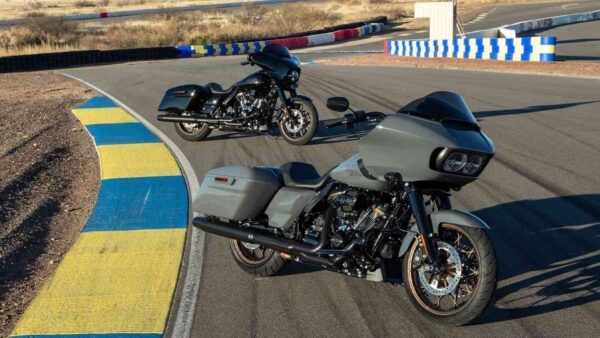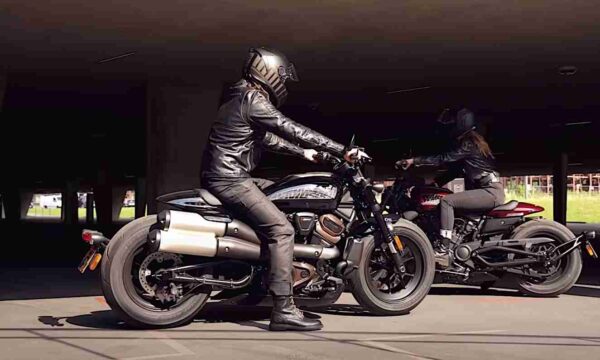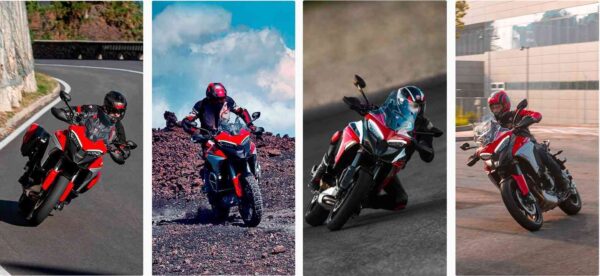Honda CBR300R ABS 2022 : Road Test
by Kyle Smith from https://www.hagerty.com/ Picture this: You’re hanging around the Rock Store at the top of Mulholland Highway with your rental Camry the day before you fly home. The leather-clad crowd around praises the virtues of the GSXR600 chassis and the electronics package on the R1 for what seems like hours before a voice from the ether comes down and declares that, in fact, all of that sucks. Instead the holy follow the real truth of Slow Bike Fast. This truly enlightened rider who belongs to that voice is astride a miniscule machine that looks like a sportbike that stayed in the dryer just a bit too long and has an exhaust note like a mix of an old enduro machine and the Singer your mom used to repair your jeans way back when. Is this person insane or a prophet? There’s only one way to say for sure. I took the Honda CBR300R out for a week of playing in the canyons alongside some high-horsepower (and highly capable) machines to see if it truly held up. This 250cc-400cc market segment is now a packed class, with the KTM RC390, Yamaha R3, Kawasaki Ninja 400, and Suzuki GSX250R all competing for both attention from new riders and track rats alike. That is two very different subsets of buyers but it all boils down to similar wants and desires: Reliability, approachability, and fun factor. Honda comes right out and calls the 300 a commuter machine in some of its press materials. It is an evolution of the CBR250R which lived from 2011 to 2015, after which the engine was upsized to the current 286cc. The non-ABS equipped model comes in at $4,899 plus $600 in destination and freight charges. Add in the well-tuned ABS, as seen on our test bike, […]
Honda CBR300R ABS 2022 : Road Test Read More »

